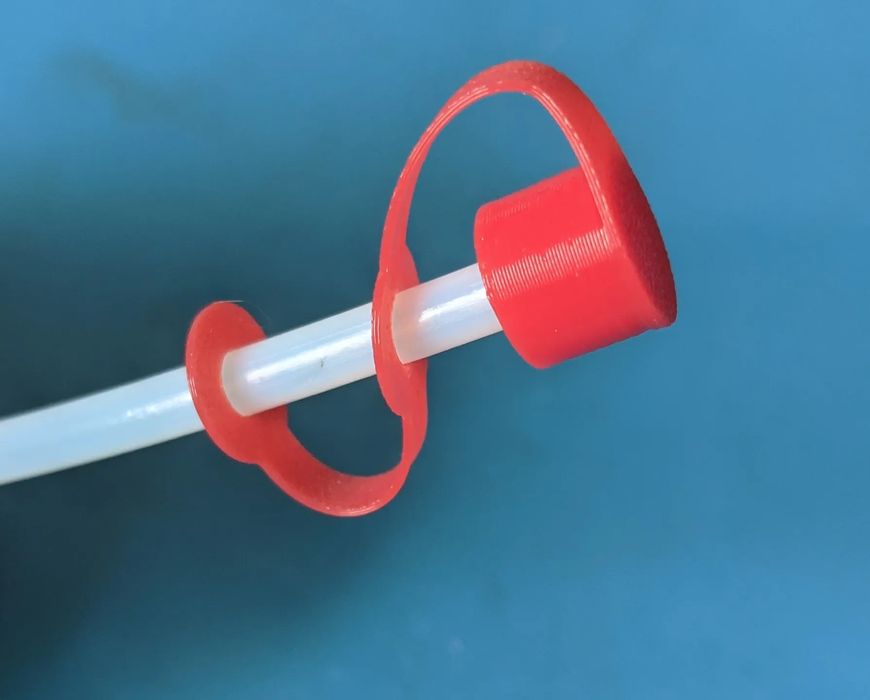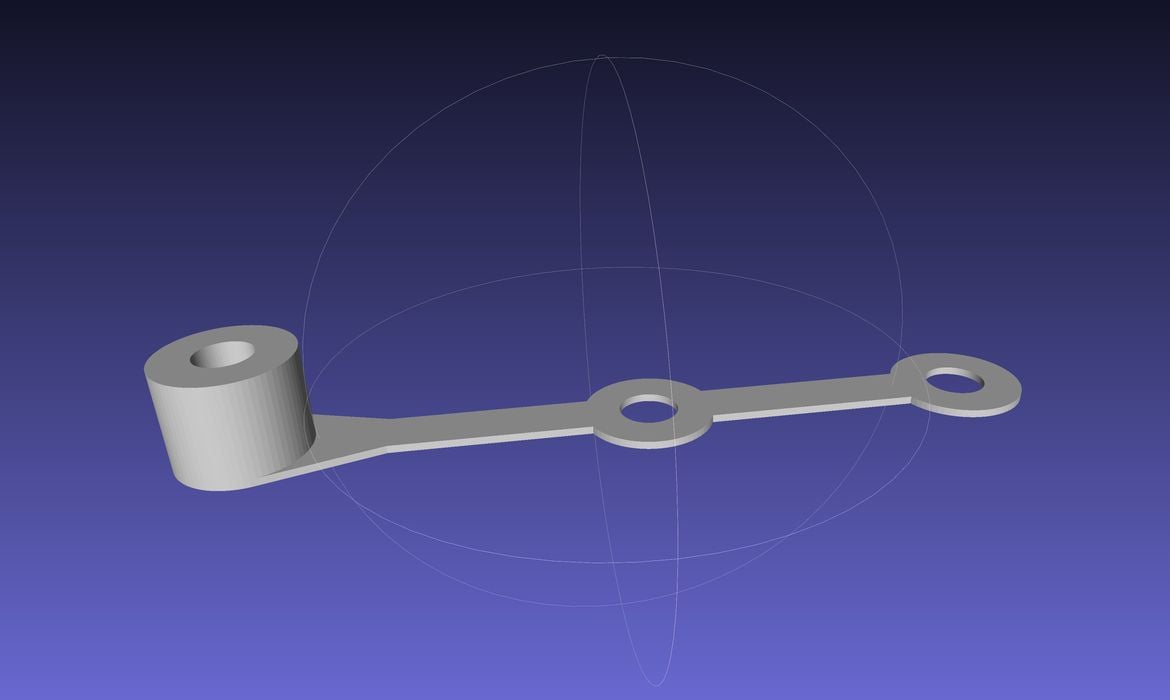
This week’s selection is the Bowden Tube Cap by Printables contributor WaltzingKea.
This item matches my design approach completely: it’s a highly functional item that is incredibly simple in design, easy to print and eminently useful.
What is it? It’s a cap that can be placed over the end of an open Bowden tube, which normally carries filament to the hot end in a desktop FFF 3D printer.
The cap covers the end and prevents incursion of dust and other foreign materials that could contaminate the 3D printing process.
But dust is so small, you say! Yes, that’s correct. But dust can also accumulate. The hot end is basically a funnel, where items can slowly collect at the bottom. In time dust can actually cause flow issues during 3D printing, and require cleaning out.
Cleaning processes would typically include the famous “cold pull” technique, or in more serious cases require removal of the nozzle for torch treatment. All of which you really don’t want to do.
Keeping dust out of your hot end is a goal, and some of it would come from the Bowden tube.
Normally the Bowden tube would be attached and one end to the extruder, and the other would be open to the filament. If filament is loaded, then the tube is filled. However, if no filament is loaded, then you have an open tube through which dust could arrive.
Note that this cap obviously works on both ends of feed tubes, and thus it can also work on non-Bowden 3D printers. Anywhere you have a PTFE filament tube with an open end could be a useful place for this cap.

Printing this item is about as straightforward as you can get: it’s just about the simplest 3D model you can imagine. No support is required for this item.
The cap is also small enough to print a number of them within a single print job. That’s what you could do if you happen to have multiple 3D printers in your workshop, or have one of those multimaterial devices with a series of open tubes.
Finally, the Printables download page includes OpenSCAD source code to generate the 3D model. This can be easily modified if you have a different tube size, for example 2.85mm filament tubes are larger.
Via Printables
